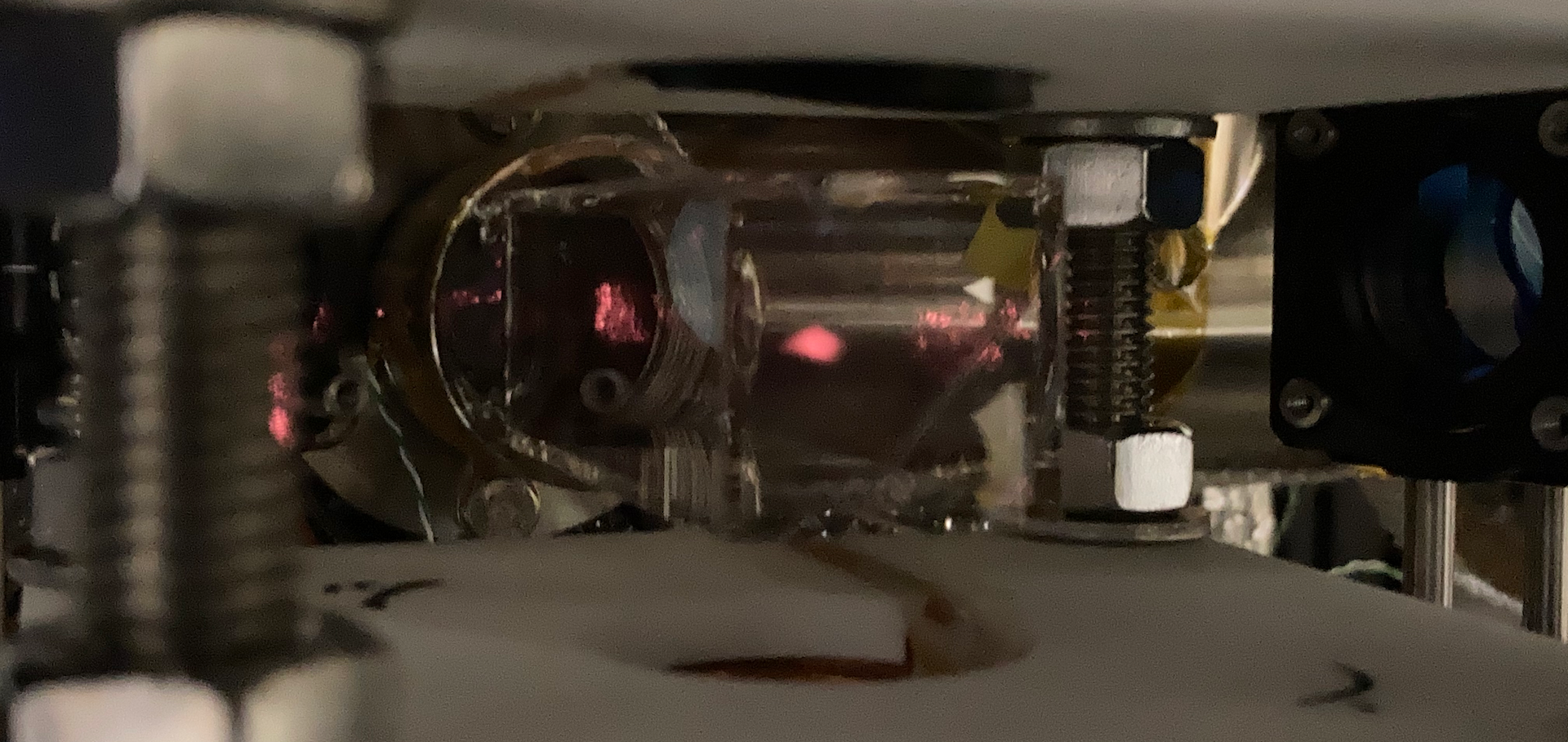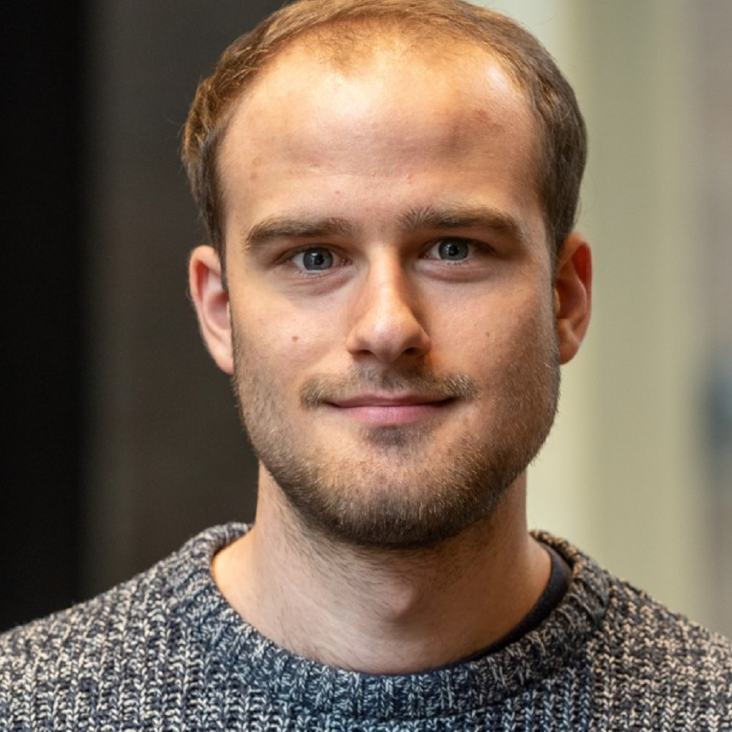Coherent splitting of two-dimensional Bose gases in magnetic potentials
Abstract:
Investigating out-of-equilibrium dynamics with two-dimensional (2D) systems is of widespread theoretical interest, as these systems are strongly influenced by fluctuations and there exists a superfluid phase transition at a finite temperature. In this work, we realise matter-wave interference for degenerate Bose gases, including the first demonstration of coherent splitting of 2D Bose gases using magnetic trapping potentials. We improve the fringe contrast by imaging only a thin slice of the expanded atom clouds, which will be necessary for subsequent studies on the relaxation of the gas following a quantum quench.Realising a species-selective double well with multiple-radiofrequency-dressed potentials
Abstract:
Techniques to manipulate the individual constituents of an ultracold mixture are key to investigating impurity physics. In this work, we confine a mixture of hyperfine ground states of 87Rb atoms in a double-well potential. The potential is produced by dressing the atoms with multiple radiofrequencies. The amplitude and phase of each frequency component of the dressing field are controlled to independently manipulate each species. Furthermore, we verify that our mixture of hyperfine states is collisionally stable, with no observable inelastic loss.Coherent splitting of two-dimensional Bose gases in magnetic potentials
Realising a species-selective double well with multiple-radiofrequency-dressed potentials
Probing universality of 2D quantum systems with bilayer Bose gases
Abstract:
The universal nature of phase transitions allows one to develop a unified description of microscopically different systems. A particularly interesting universality class, which includes the 2D Bose gas, is that of the 2D XY model. In these systems there exists a phase transition between a superfluid and a normal phase. While 2D Bose gases have been studied extensively theoretically and experimentally, there remain many open questions. This thesis explores the various aspects of universal behaviour of a 2D Bose gas in and out of equilibrium.
In this thesis, we prepare ultracold quantum gases of $^{87}$Rb in radio frequency (RF) dressed potentials. We describe a new experimental apparatus which utilises this technique and allows for a simple trap loading procedure from a cloud of laser-cooled atoms. The creation of a degenerate quantum gas is demonstrated, with evaporative cooling performed entirely in RF-dressed potential. We create a double well potential using multiple radio frequencies and perform coherent splitting to form bilayer 2D Bose gases. We use matter-wave interferometry to access two important quantities, the local relative phase of the clouds and the interference contrast. Using these methods, we characterise the full counting statistics of interference contrast across the superfluid transition and demonstrate its convergence to a universal functional form. We also study the effect of disordered potentials on 2D Bose gases and show that the system loses coherence with increasing disorder strength and crosses into the normal phase. Our results suggest that this disorder-induced transition is likely to be still within the 2D XY universality class. We show preliminary results for experiments where the BKT transition is crossed dynamically and compare the time-evolution of the system with universal scaling laws. Finally, we propose an RF dressed trap in which homogeneous 2D systems can be created.


